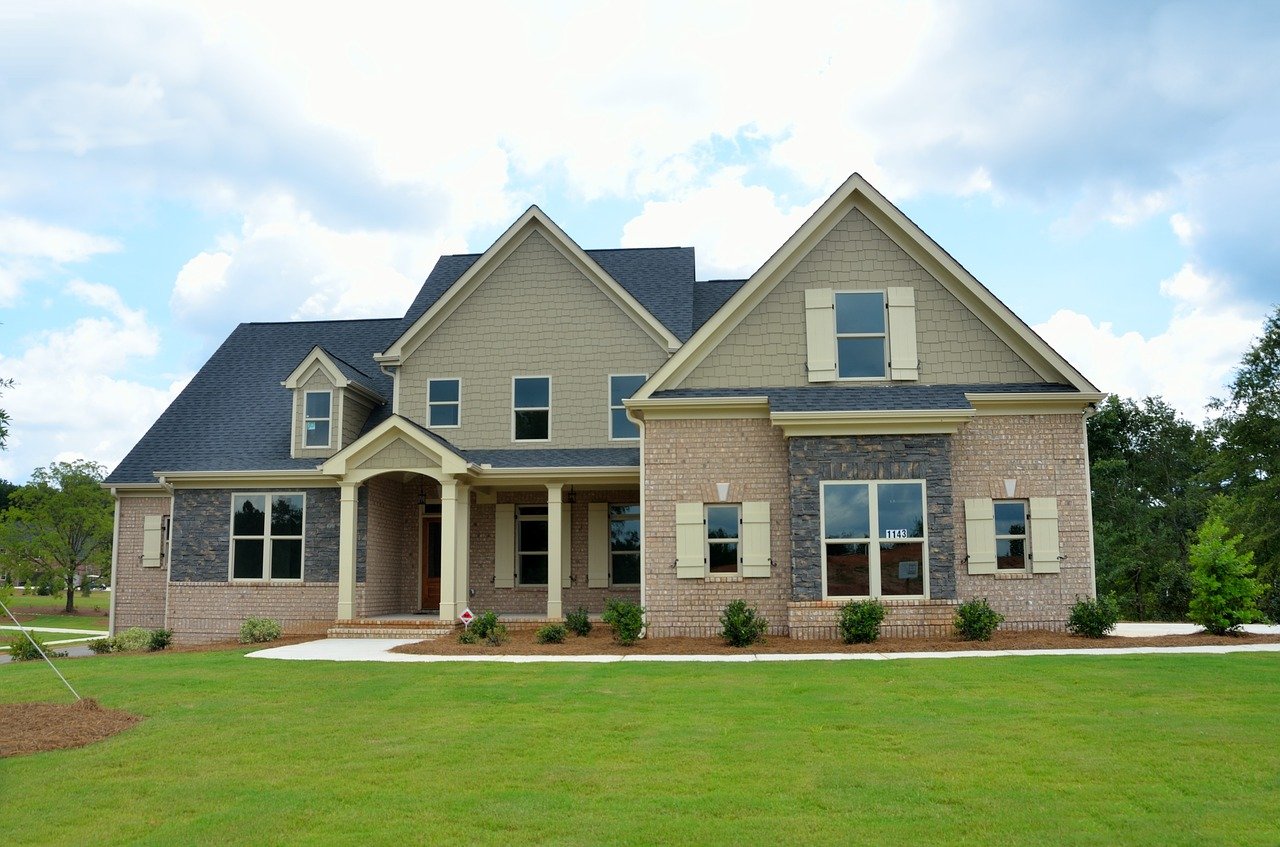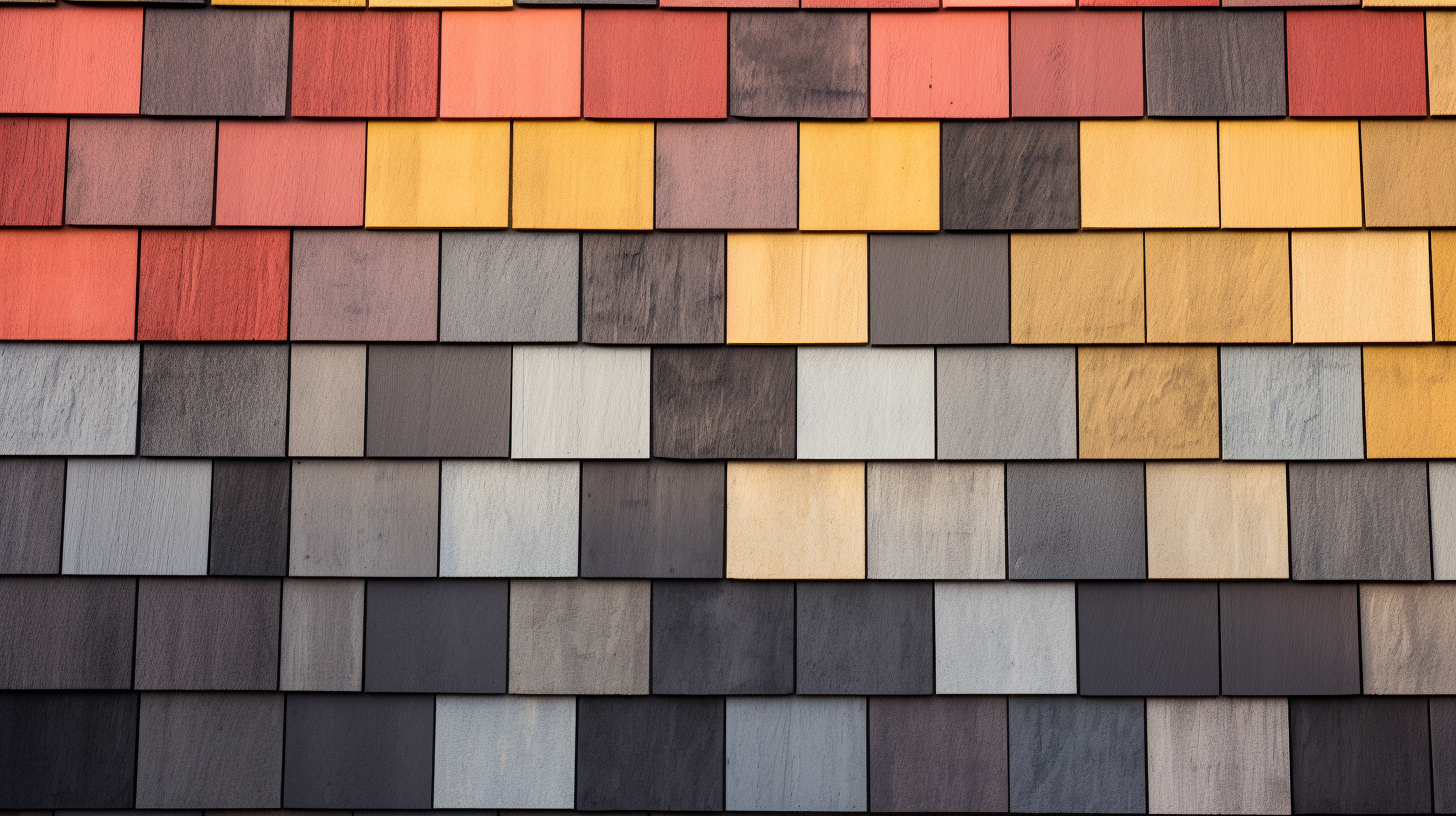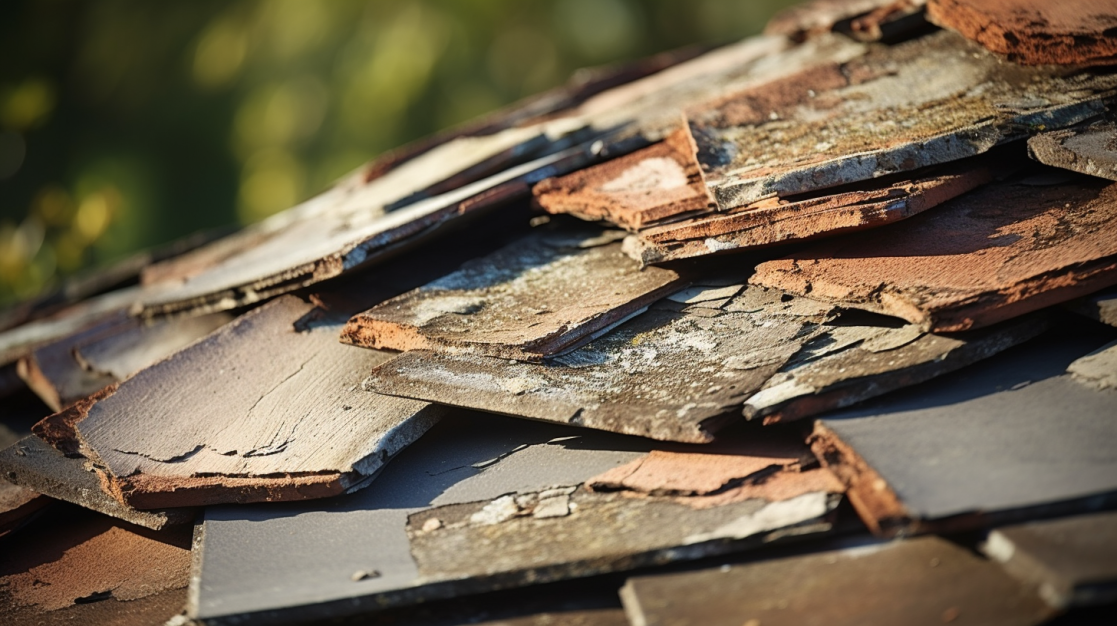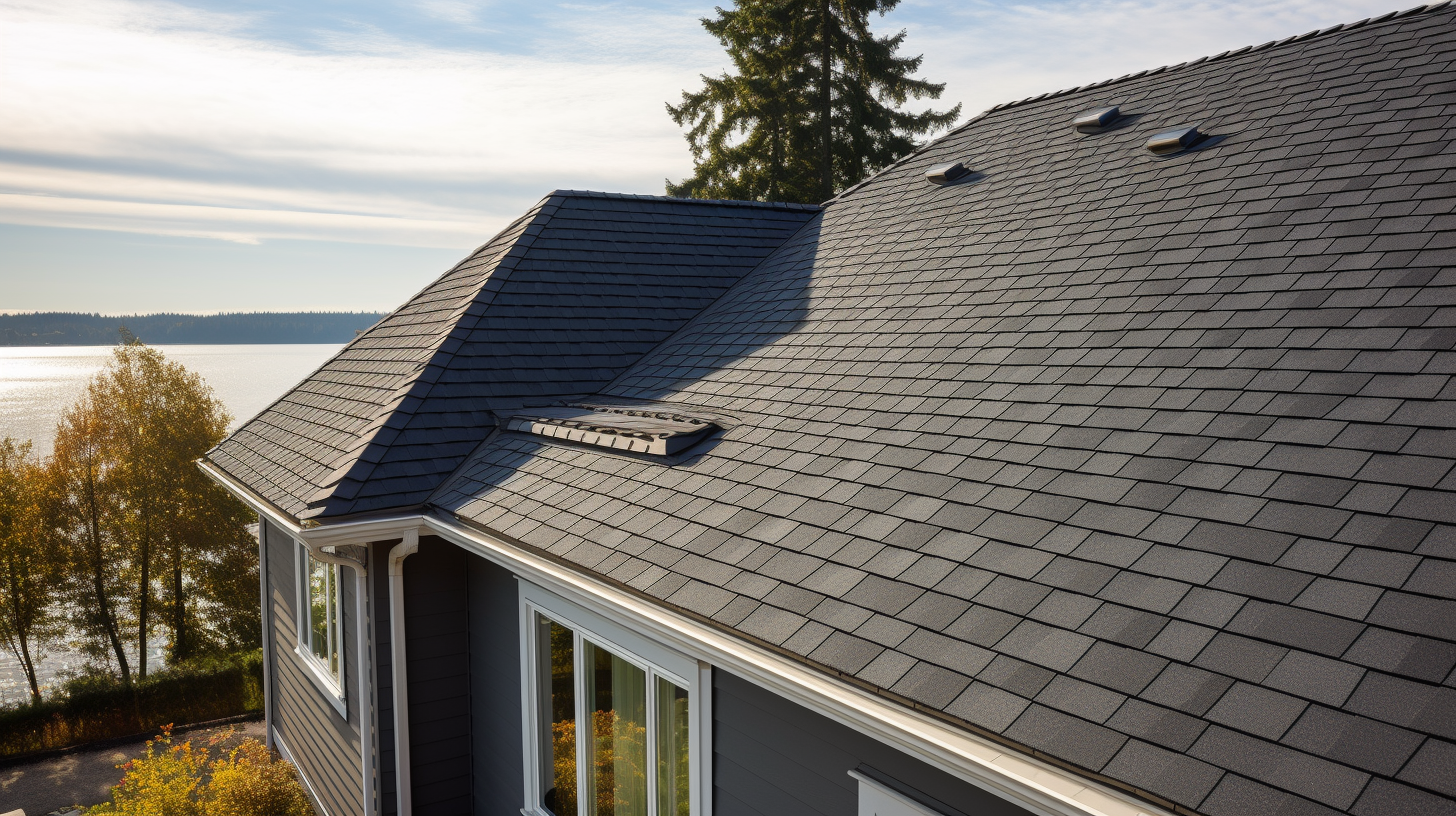Common roofing materials
Wood shingles and shakes are made from cedar, redwood, southern pine and other woods making for great roof types Louisville. Wood shingles are machine-produced, while shakes are handmade and a little more rustic in style. Keep in mind that some local building codes limit the use of wood shingles and shakes because of fire resistance concerns, given that many wood shingles and shakes only have Class C fire ratings or even no ratings at all. However, Class A fire ratings are available for certain wood shingle products that incorporate a factory-applied, fire-resistant treatment.
Clay or concrete tile is durable roofing material. Mission and Spanish-style round-topped tiles are used widely in the Southwestern United States and Florida, and flat styles also are available to create French and English looks. Tile is available in a variety of colors and finishes. If you are replacing another type of roof system with tile, you will need to verify that the structure can support this heavy material.
Slate is available in different colors and grades, depending on its origin. While it is virtually indestructible, it’s also more expensive than other materials. In addition, its application requires special skills and experience.
Metal has been found to be a great roofing alternative for home and building owners with steep-slope roofs. Metal panel roofing exists in numerous shapes and configurations. Metal shingles typically are intended to simulate traditional roof coverings, such as wood shakes, shingles, and tile. Apart from metal roofing’s longevity, metal shingles are fairly lightweight, have a greater resistance to weather, and looks great. Some even have Class A fire ratings.
MODIFIED BITUMEN
Membranes are hybrids of the built-up system, only pre-manufactured in the factory. The products come in rolls and are made of modified asphalt or coal tar systems with rubber added for low temperature and elongation characteristics. These products typically use a built-up membrane underlayment before application of the applied, self-adhered, or mopped in place with hot bitumen. We always surface with a type of Topping System.
PVC
Polyvinyl Chloride Sheets are manufactured into rolls and are usually mechanically fastened to a roof deck assembly. Screws and plates are used to hold the roof membrane to the roof assembly. Seams are welded together using heat and are oftentimes sealed with a lap sealant. PVC membranes are reinforced with a fabric scrim and available in tan and white colors. This membrane may not require a topping system.
TPO
TerPolymer Olefins are typically fleece-backed sheet membranes that are adhered with adhesives to insulation. These products are typically white in color and maybe reinforced. On such systems, there may not be a topping system.
SINGLE PLY
Single Ply roofing systems are simply a single ply of a roofing material made from several types of polymer plastics and rubbers.
BUILT-UP
There are basically two types of built-up roofing (also known as BUR). The primary difference is that either a coal tar pitch or asphalt waterproofing could be used as the waterproofing element between piles of reinforcing felt. Both systems have different advantages.
EPDM
Ethylene Propylene Diene Monomer is manufactured into large sheets for application to insulation on a roof. The material can be loose laid and ballasted with rocks or pavers to hold the membrane in place. EPDM may fully or partially adhere. Seams and the membrane are adhered with contact adhesives, with seams sometimes sealed with a sealant. Toppings may or may not be required by the manufacturer in many cases. This product is available in the color black.
LIQUID-APPLIED SYSTEMS
When faced with a confined urban space, numerous roof penetrations, or restricted use of hot asphalt or heat welding, there’s now an ideal solution to your roofing constraints. Construction Masters Roofing liquid-applied systems provide a seamless waterproof membrane that is easily applied and conforms to any penetration shape.





